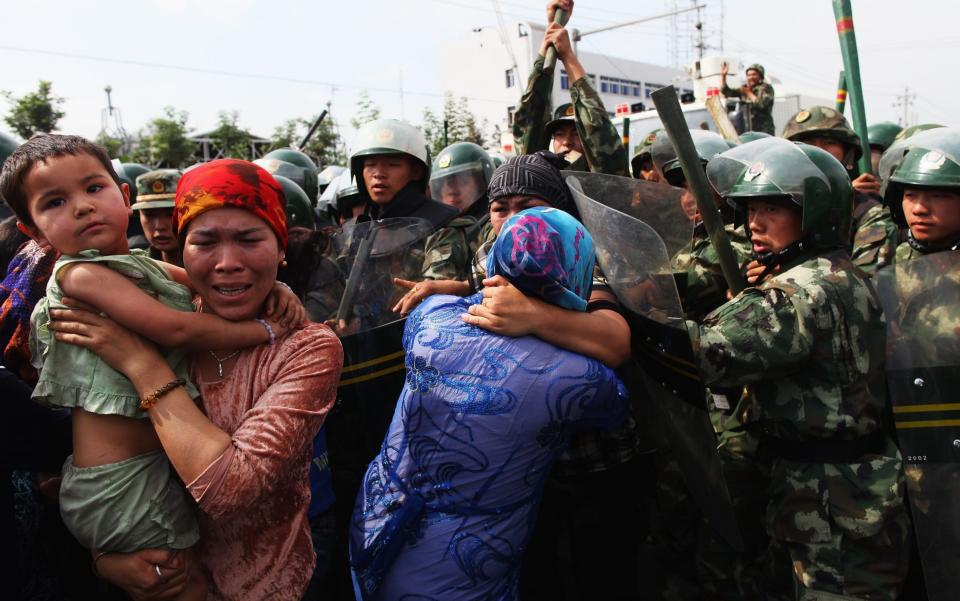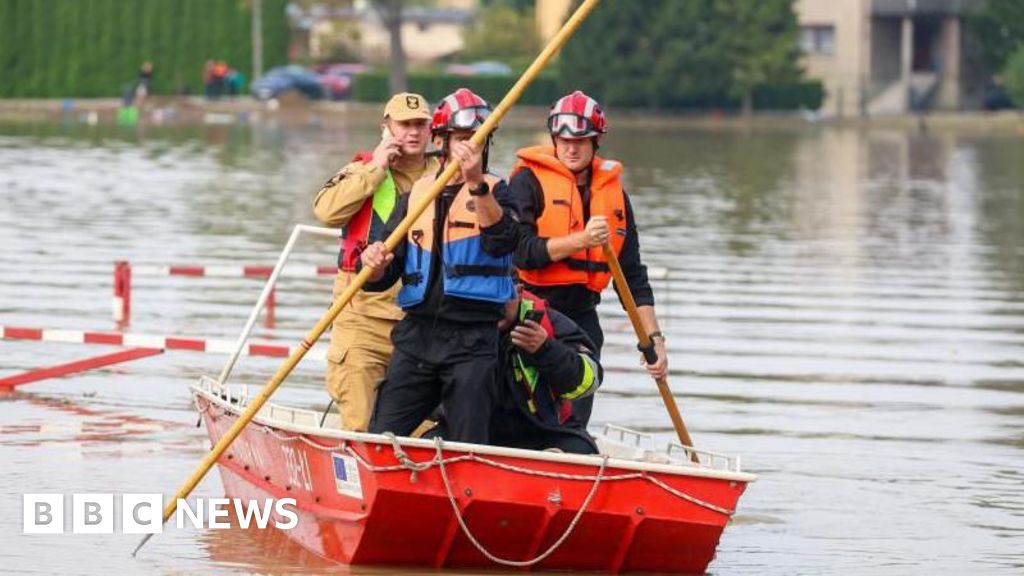My first boss was one of the world’s greatest lunchers. Editor of a magazine about the film, television, advertising and music video industries in the 1990s, a decade when you could have a perfectly respectable career in the audiovisual world without ever troubling to produce anything, she was a legend in Soho. She would take me to lunch at the boozy hidey-hole Andrew Edmunds, the vast and chrome-sparkly Terence Conran megalopolis Mezzo or the perfect institution Vasco & Piero’s Pavilion. Everywhere we went, she would be warmly welcomed, air kissed and visited by industry luminaries from the surrounding tables. As we staggered back to the office, I’d feel inducted into a way of life.
She taught me many things about journalism, but the most important thing she taught me about working life was that relationships endure and relationships created over lunch endure for decades. Work in television halted between 1pm and 3pm, and being able to secure a table at Sheekey’s or The Ivy between these hours was something to boast of unironically. Name-dropping the proposed restaurant was a way to secure a meeting. An opening glass of champagne and a half bottle of Chablis was standard. With hindsight it’s less of a mystery why so many working relationships were, er, problematic.
Thus, starting out, I most often found myself the junior partner in meals with the most celebrated and self-mythologised lunchers — men in media. These were invariably booked through assistants who hinted at the unimaginable glamour of their fixed reservation at a top-flight restaurant (“He lunches on Wednesdays, will Nobu in four weeks suit?”). I had no complaints. I was paid £13,500 in my first job in 1995, but no one would blink if I filed an expense claim for an £80 lunch. My answer to the conspiratorial question, “Shall we have a look at the pudding menu?” was always “Yes”, because then I could skip the expense of dinner. The media men of the 1990s stole my cigarettes and taught me how to drink at lunch (I did once have to go and lie down in the sick bay after a three-hour spectacular). I learnt it was important I fight to pick up the tab (flattering to one’s senior), occasionally give in graciously (“my turn next time”), pass on as much gossip as I pick up, fair trade being no robbery, and always ask about the wife and kids. Of course, it was a ridiculously inefficient way to do business. In a sense, that was part of it. My skin still prickles with mortification remembering the time I kept the controller of BBC1 waiting because I was stuck in traffic and he had to eat soup alone. The shame!
When men talk nostalgically about the golden days of lunching, the well-brought up now remember to caveat it with a reminder that they were, of course, a terrible boy’s club. But they only remember the lunches they were present at. At the turn of the millennium, all over the media, women breaking through glass ceilings were eyeing how the men were doing it, and it’s fair to say we rose to the challenge.
I was lucky enough to be part of girl gangs who had boxes at the races and the dogs, went gambling at the Ritz casino, took private rooms at Nobu and the River Cafe and special tables at The Wolseley or The Ivy. Events at which eight or 10 of us, from cabinet ministers to newspaper editors to TV channel bosses and mega TV producers, would prove women bond just as successfully over vast amounts of booze and jollity, and absolutely behave just as badly. I can recall public singing, an incident where two fierce egos challenged each other to an arm wrestle, someone demonstrating how you’d add sign language to porn to comply with new regulation and the destruction of a rather beautiful hat.

We were loud, but we were few. It was not until I moved to New York in the 2010s that I realised women networking over lunch was a global game. A PR as kind as she was mighty organised a welcome lunch at Michael’s, a media powerhouse restaurant in Manhattan of such stature that network presidents had regular tables and the front desk would tweet daily lists of the execs and celebs who had crossed the threshold. She invited only women. I was the editor of a yet-to-launch website, and I couldn’t understand why anyone would come, but we all ended up in Page Six, New York’s reigning gossip column, so someone knew what they were doing. The guests brought gifts of Diane Von Furstenberg scarves and recommendations of eyebrow groomers. This was a serious step up from our “feminine” traditions in London of lovely, handwritten thank-you notes on arty postcards, and the fact we’d actually remembered the names of each other’s children.
In New York, I recognised that I was being admitted to a set where the rules were subtly different. Contact building was about rapid intimacy accelerated by expenditure but not necessarily on dining. A journalist once invited me for lunch but led with “I know you live near me and have a daughter about the same age as mine, why don’t we take you both for mani-pedis?” Now that’s a fresh take on a life-work balance.

Do we blame the internet or the budgets for the slowing down of the lunch invitations? In a sense, the internet separated the advertising from the media and as the revenues went programmatic, so did the contacts. Those who inducted me are now very sadly starting to leave for the great never-ending lunch. Let’s be honest, it’s not a lifestyle associated with longevity.
All that was left were the sorts of lunches I wouldn’t have been seen dead at back in the day: the ones that sold tickets, beginning with the words “Women in”, often run by a brave senior woman in an organisation full of men, trying to facsimile the clubs to which they weren’t invited. The problem with these lunches wasn’t their intentions, but the lack of spontaneity in execution. There’s little opportunity to bond in a speed networking event. And, in truth, the few actual powerful women in any given industry had no availability between work events and family.
This is not to deny the benefits of more formal networking. The rules of entry to the informal kind are opaque and excluding, and I can’t pretend that my girl gang was any more thoughtful about our various privileges than our male counterparts. I remember taking some younger colleagues out for lunch at a fancy Edinburgh restaurant to hear their hopes and dreams, hoping to show them that I thought them important, but realised immediately it was way too formal and I risked doing the opposite. It’s undeniably healthier that young women can now express ambition through application for mentorships and paid trainee schemes. I will never, though, get over my fundamental disapproval of a po-faced event where, after one glass of warm white wine, everyone exchanges a business card.
When I invite people to lunch now, they are pleased but baffled. I feel slightly as if I’ve sent a coachman round with a calling card. These brutal days of computerised booking schedules and automated emails are of course more efficient and more democratic, but the clout, ladies! The sheer clout of wandering into a “famed eatery in London’s West End” to be greeted by a glass of champagne and “Congratulations on your promotion.” You would never feel you were in the wrong club and neither would your lunch guest.
Except, except! Perhaps there is still another way. On a recent trip to Manhattan, where everything happens first, a former colleague and expert networker announced that lunch and Midtown and power restaurants are back, along with everything ’90s. The personal connection, the intimate confessional bonding, the sense of order in a chaotic world established by a maître d’ knowing your name and which table you like, an antidote to anonymity and social media socialising. How thrilling and relieving.
My advice for women who would like to participate in this throwback trend is as it was handed down to me by my foresisters. Consolidate your expense account spending. Blow your budget in one or two restaurants and those restaurants will repay your loyalty. Invite people out. These days you can split the bill, but nothing says “I enjoyed this and we’re doing it again” like “You can do next time.” Make your own gang. Invite someone from your world and get a pal to do likewise. Do not underestimate the power of a small sin, be it pudding or booze or being slightly late back to work, and always, always, order chips for the table.
It’s unlikely that I’ll be a leading light in this hopeful new wave. True networking should be for your twenties when all lies ahead and you can still tolerate alcohol before 6pm. But if you’re lucky, not only will you learn so much more about your job, you’ll gain a bit of life too.
My best ever lunch started perfectly straightforwardly with a senior TV executive I barely knew. Somehow, at 5pm, it was still going on, as the staff around us began relaying the tables for dinner service, pausing only to reassure us that though life must go on around us, they didn’t want us to feel we should take a hint. “We love that you’re still here,” they egged us on. It finished at 7.30pm when she revealed she had to go to a dinner with Rupert Murdoch. She remains my closest friend and godmother to my child, but we lunch on our own time these days.
Janine Gibson is FT Weekend editor
Follow @FTMag to find out about our latest stories first and subscribe to our podcast Life and Art wherever you listen









































































































































You must be logged in to post a comment Login